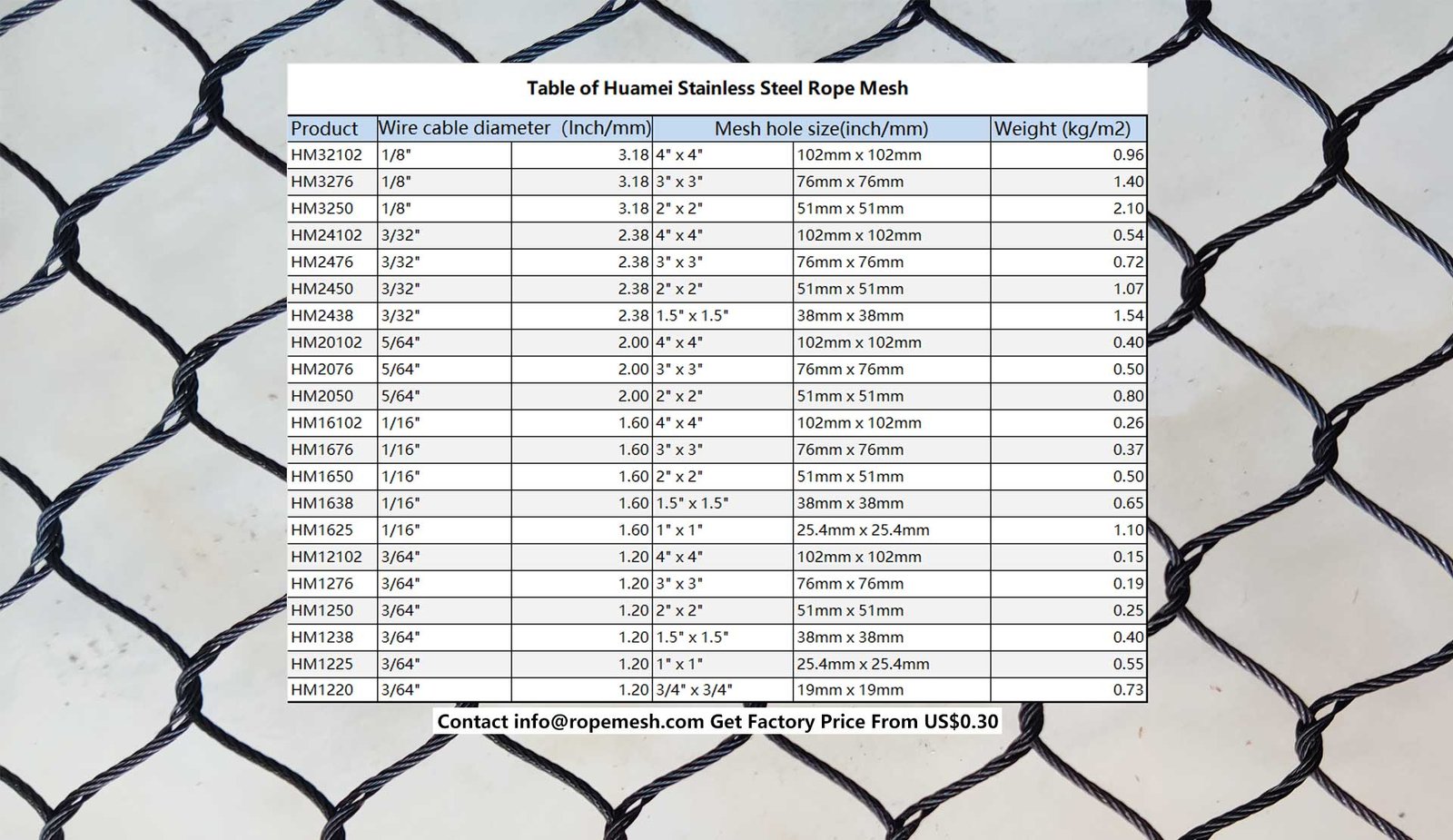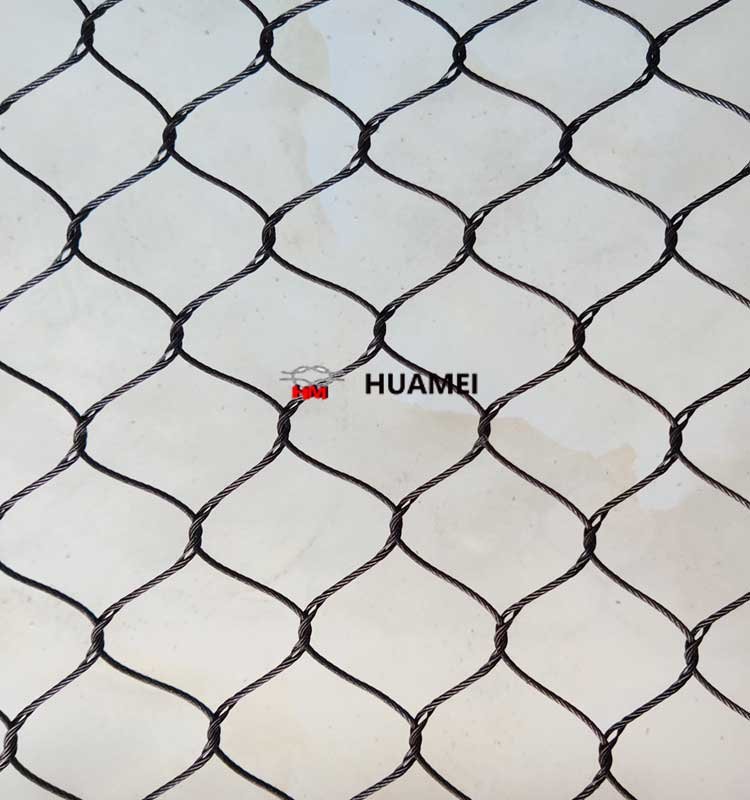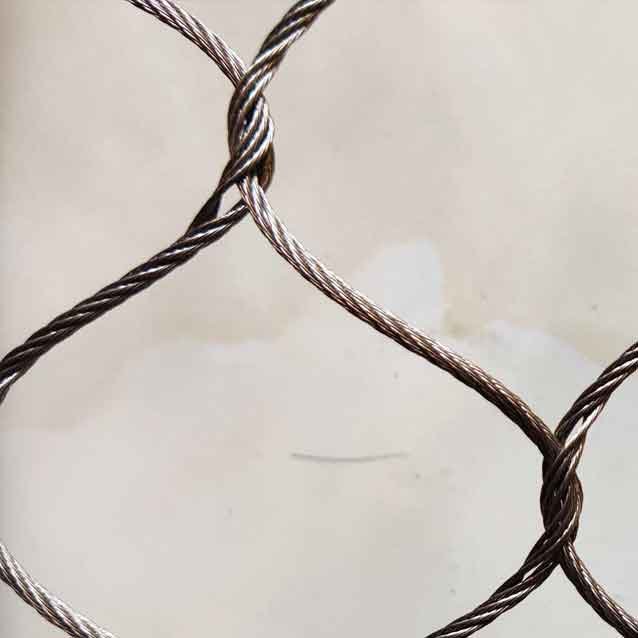Introduction to Rope Netting Fences
Rope netting fences represent an innovative solution for a variety of fencing needs, particularly in the context of animal enclosures. Constructed from durable ropes, these fences are designed to provide both security and visibility, making them an ideal choice for farms, zoos, and recreational facilities. With increasing concerns for animal welfare and habitat protection, the implementation of such fencing systems has garnered attention as a more humane and aesthetically pleasing alternative to traditional solid fences.
One of the primary advantages of using rope netting fences is their ability to create a defined boundary while allowing for airflow and sightlines. This transparency can significantly reduce the stress levels in animals by enabling them to observe their surroundings without feeling confined. In contrast to conventional fences, which can create a sense of isolation, rope netting fences help to maintain a natural environment conducive to animal welfare.
One of the primary advantages of using rope netting fences is their ability to create a defined boundary while allowing for airflow and sightlines. This transparency can significantly reduce the stress levels in animals by enabling them to observe their surroundings without feeling confined. In contrast to conventional fences, which can create a sense of isolation, rope netting fences help to maintain a natural environment conducive to animal welfare.
Additionally, the installation process for rope netting fences is often simpler and faster than that of traditional fencing options. Typically made from weather-resistant materials, they are less prone to rust and deterioration, which contributes to long-term sustainability and cost efficiency. This approach to fencing aligns with modern ecological practices, emphasizing the importance of creating partnerships between human, animal, and environmental needs.


